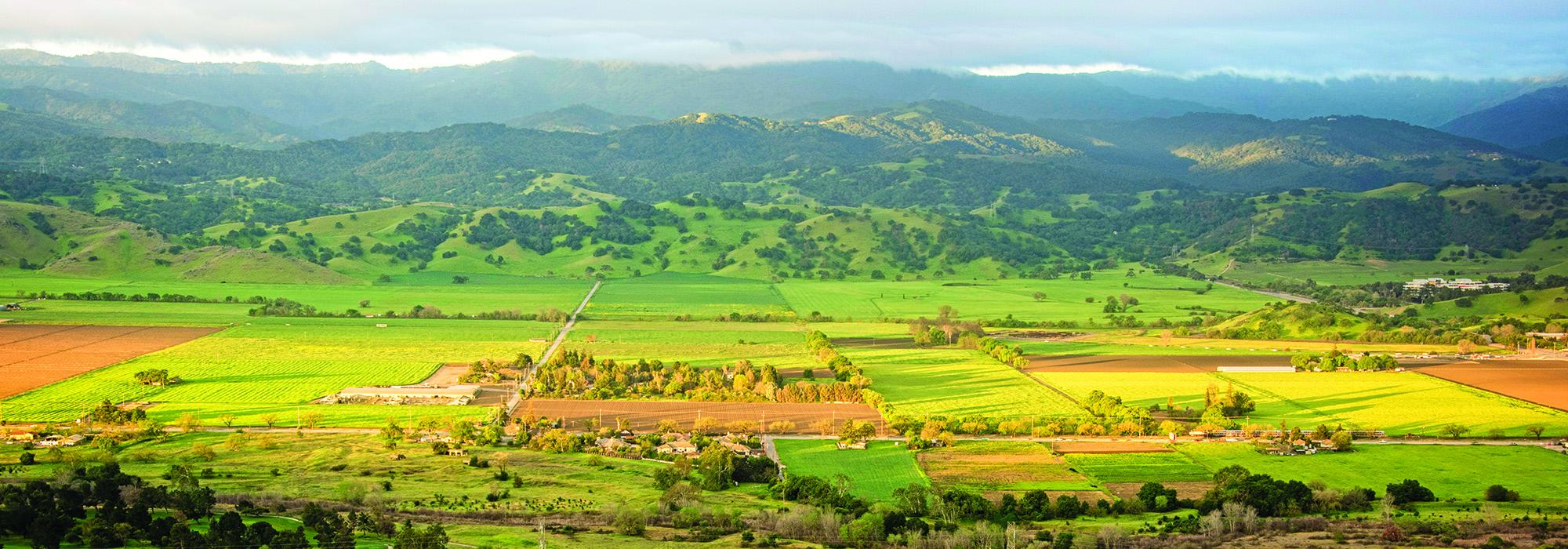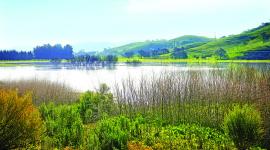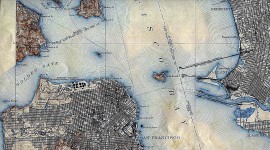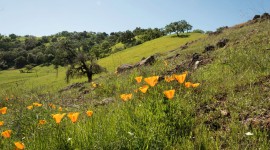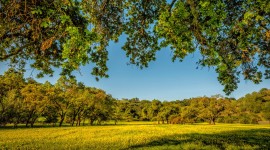$93 Million Deal Secures Future of North Coyote Valley
On Wednesday, November 6, the San Jose City Council unanimously voted to approve the purchase of 937 acres in North Coyote Valley for $93 million, thereby ending a 40-year battle and protecting the land from development and urban sprawl. As reported in the Mercury News, through a unique and complex real property transaction, the developers agreed to sell the land to the City of San Jose, the Palo Alto-based non-profit Peninsula Open Space Trust, and the Santa Clara Valley Open Space Authority. The city will retain ownership of 296 acres, and the Open Space Authority will manage the entire assemblage.
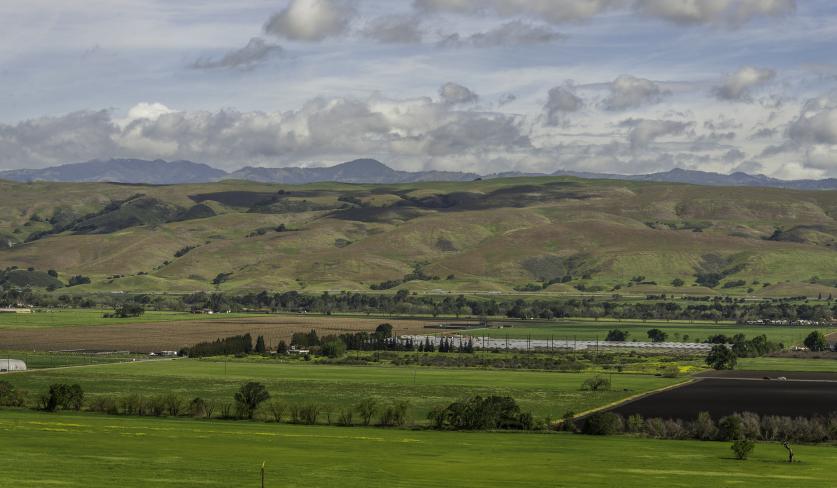
San Jose’s mayor, Sam Liccardo, called the purchase “a gift to future generations—a gift in the preservation of Coyote Valley for their delight and their inspiration.”
The city’s share of the funds will come from ‘Measure T,’ an infrastructure bond overwhelmingly approved at the ballot box in November 2018, which included up to $50 million to preserve Coyote Valley, unprecedented recognition by the city that nature is infrastructure. The Open Space Authority, a public, independent special district created by the California state legislature in 1993, will lead a three-to-five-year public planning process to integrate ecological and hydrological restoration, wildlife and cultural connectivity, and nature-based public access. A community- and science-based planning and design process will yield a model transformative landscape project for climate resilience in the tenth- largest city in the United States.
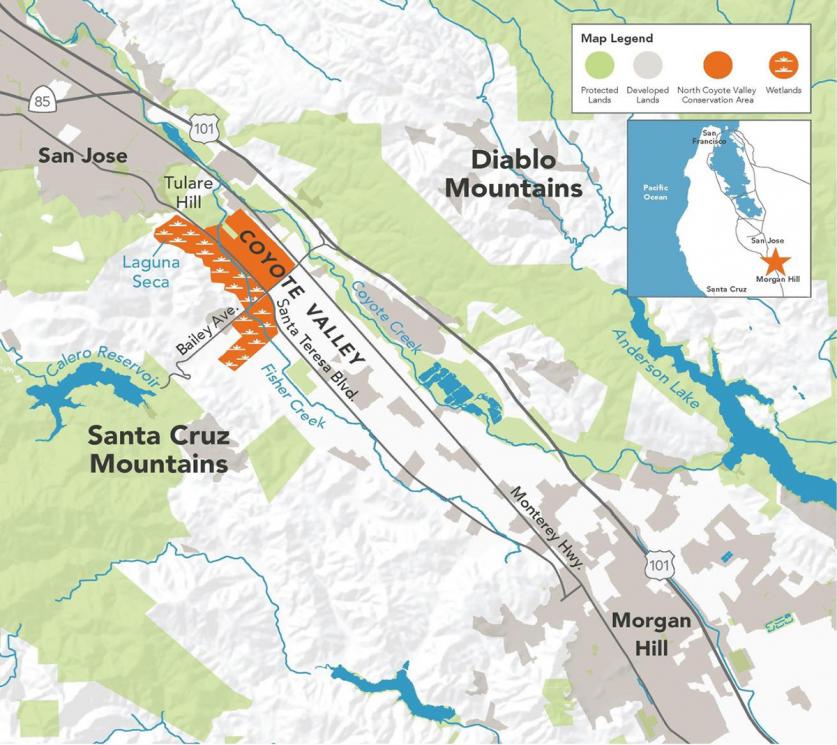
Located at the southern edge of the City of San Jose and west of Highway 101, Coyote Valley is the last undeveloped valley floor in the area and has for decades been eyed for development. The recent council vote weighed the benefits of long-term conservation against several factors, including the need for housing.
Produced by a team of scientists and advisors and published in 2017, a report titled Coyote Valley Landscape Linkage identifies North Coyote Valley as the crucial landscape that allows wildlife, from mountain lions to deer, to migrate between the Santa Cruz and Diablo Mountain Ranges. The report goes on to say that the valley is a key component in the more than one million acres of natural habitat that surrounds it, which includes “457,000 acres of already-protected areas, representing an estimated $3.5 billion of conservation investment.”
The recent news is the culmination of decades of work by local stewards and advocacy groups, including the Greenbelt Alliance, which successfully nominated Coyote Valley to TCLF’s Landslide 2017: Open Season on Open Space, highlighting the adverse effects of urban sprawl and development on the ecologically important landscape and critical wildlife corridor.



